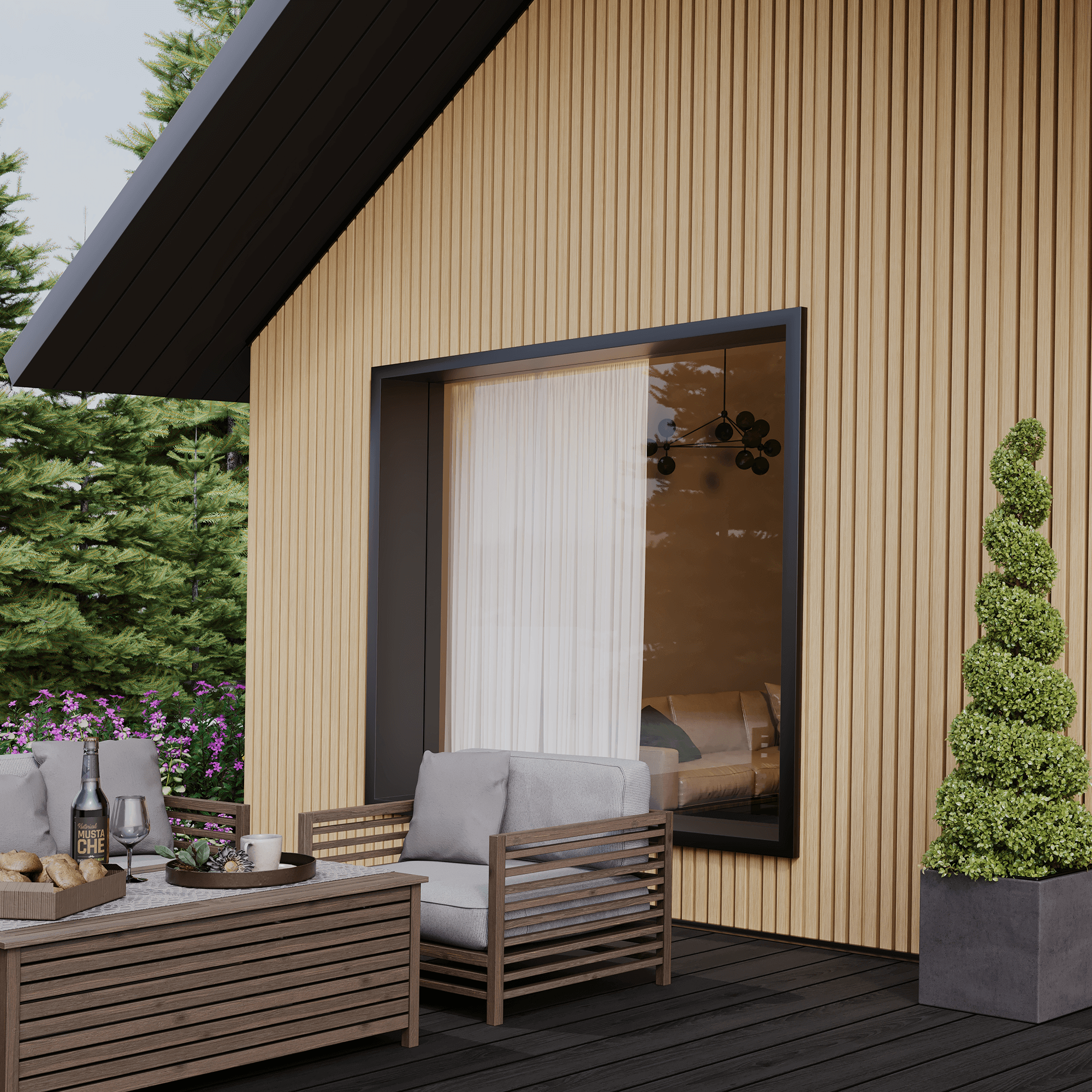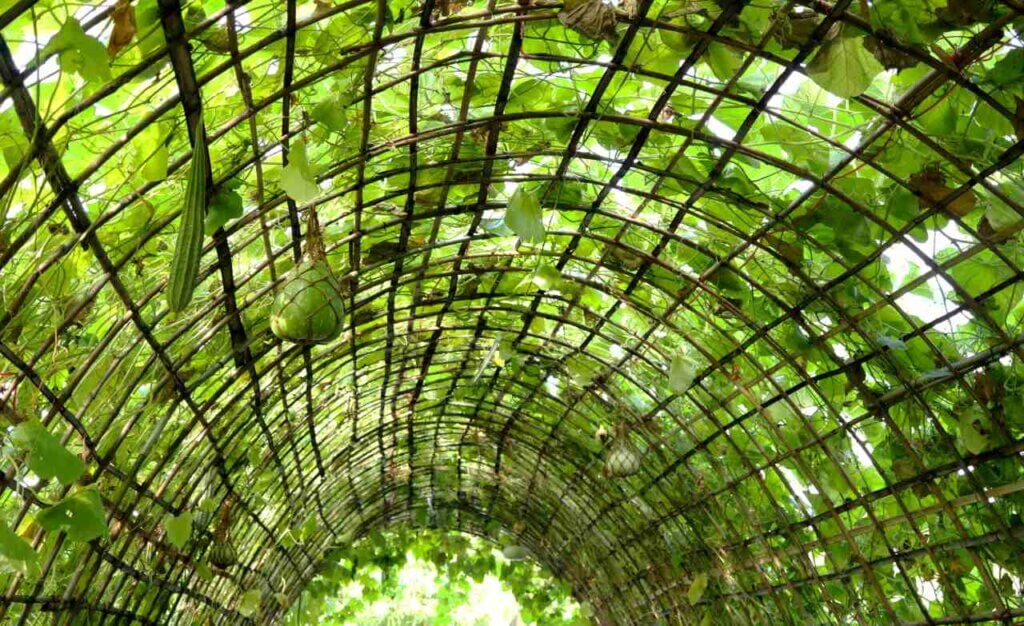
Do You Need Planning Permission for Cladding?
If you’re considering installing cladding on your home or in the garden, you’ve probably asked the question, ‘Do you need
Products in Stock
Lowest Prices
Express Delivery
10-Year Warranty
December Sale. Up To 15% Off.

If you’re looking to add vertical interest and support for your climbing plants, you may be considering a trellis. Trellises not only provide a functional structure for your plants to grow on but also add a decorative element to your garden. And when it comes to choosing the right trellis material, two popular options are wood and metal – but what’s the difference? In this post, we’ll explore the key differences between wood and metal trellises, helping you make an informed decision for your garden.
Before we dive into the comparison, let’s first understand what a trellis is. A trellis is a vertical structure designed to support and display climbing plants, such as vines, roses, or clematis. It typically consists of a framework of intersecting bars, wires, or panels, creating a lattice-like pattern for plants to grow on. Trellises can be freestanding or attached to walls, fences, or other structures in your garden.
A wood trellis is a classic choice for many gardeners, offering a natural and timeless look. Common materials for wood trellises include cedar, redwood, and pressure-treated lumber. These materials are chosen for their durability and resistance to rot and insect damage.
Metal trellises have gained popularity in recent years for their durability, low maintenance, and modern aesthetic. Common materials for metal trellises include iron, steel, and aluminum.

In general, metal trellises tend to be more expensive than wood trellises. However, the long-term cost-effectiveness of metal trellises may outweigh the initial investment, as they require less maintenance and have a longer lifespan.
Both wood and metal trellises can be installed using similar methods, such as anchoring them to the ground or attaching them to walls or fences. However, metal trellises may require more specialised tools and hardware for a secure installation.
When it comes to environmental impact, wood trellises have an advantage if they are made from sustainable, responsibly sourced materials. Metal trellises, on the other hand, have a higher carbon footprint due to the energy-intensive manufacturing process. However, the longevity and recyclability of metal trellises can offset some of these environmental concerns.
Ultimately, the choice between a wood or metal trellis depends on your specific gardening needs, personal preferences, and budget.
Choosing between a wood or metal trellis is a personal decision that depends on your unique gardening needs and preferences. By understanding the pros and cons of each material and considering factors such as cost, maintenance, and aesthetic appeal, you can select the perfect trellis to enhance your garden’s beauty and functionality.
At Dino Decking, we offer a range of high-quality, durable trellises to suit every garden style. Our stylish composite trellis for your garden combines the natural beauty of wood with the low-maintenance benefits of composite materials, providing a long-lasting, attractive solution for your climbing plants.
Discover the different types of trellis available and find the perfect match for your garden. With our free samples and next-day delivery across the UK, it’s never been easier to bring your dream garden to life. Contact our friendly team today to learn more about our trellis options and start creating a beautiful, thriving outdoor space.

Our sample pack contains a sample piece of each colour currently available. Order your free sample pack today to compare the colours and get a true feeling of the Dino Decking range!

If you’re considering installing cladding on your home or in the garden, you’ve probably asked the question, ‘Do you need

If you’re looking to go all out this festive season, you might be looking for some fantastic Christmas garden ideas